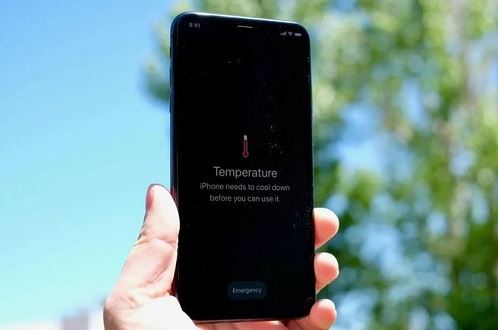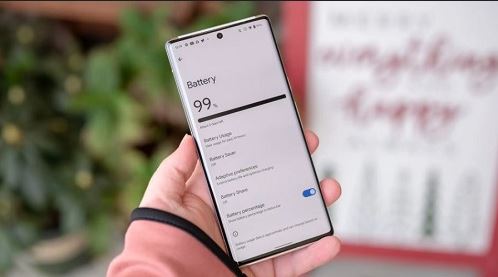In the age of technology, our smartphones have become an indispensable part of our lives. We rely on them for communication, information, entertainment, and so much more. However, it’s essential to understand that these pocket-sized devices are not invincible. One common mistake many people make is leaving their phones exposed to direct sunlight. But just how dangerous is leaving your phone in the sun?
Excessive heat is the primary concern when it comes to exposing your phone to the sun. Smartphones are built to operate within a specific temperature range, typically between 0 and 35 degrees Celsius (32 to 95 degrees Fahrenheit). When the ambient temperature exceeds this range, it can have detrimental effects on the internal components of the device.

One of the immediate dangers is overheating. Prolonged exposure to high temperatures can cause your phone’s internal temperature to rise rapidly, leading to various issues. Overheating can result in reduced battery life, slower performance, and even unexpected shutdowns. In extreme cases, it may even cause permanent damage to the internal circuitry.
Another significant concern is the impact of heat on the battery. Lithium-ion batteries, which are commonly used in smartphones, are sensitive to temperature fluctuations. Exposing your phone to excessive heat can accelerate the natural degradation process of the battery, reducing its capacity and overall lifespan. This means you may find yourself with a phone that struggles to hold a charge or requires frequent battery replacements.
Apart from overheating and battery issues, leaving your phone in the sun also poses a risk to the display. Most modern smartphones feature OLED or LCD screens, which are susceptible to damage from excessive heat. Direct sunlight can cause the screen to warp, resulting in discoloration, dead pixels, or even permanent damage. This can significantly impact the visual quality and overall usability of your device.
Furthermore, intense sunlight can also affect the adhesives used in the construction of smartphones. These adhesives hold various components together and ensure structural integrity. When exposed to high temperatures, the adhesives may soften or weaken, leading to loosening of internal connections or even physical damage to the device.
In addition to the internal components, leaving your phone in the sun can have indirect effects as well. For instance, if you have a case or cover on your phone, it can trap heat and exacerbate the temperature rise. Additionally, prolonged exposure to sunlight can cause the exterior of the phone to become hot to the touch, making it uncomfortable to hold or handle.
To mitigate the risks associated with leaving your phone in the sun, it’s essential to follow some preventive measures. Firstly, avoid leaving your phone in direct sunlight for extended periods, especially in places with high temperatures. If you must leave it in a car, ensure it is well-shaded or stored in a cool compartment. Consider using a sunshade or placing your phone in a bag to minimize exposure.

It’s also crucial to maintain proper ventilation for your device. Avoid covering your phone with thick cases or materials that can trap heat. Instead, opt for thinner cases that allow heat to dissipate more easily. If you notice your phone getting excessively hot, turn it off and let it cool down before using it again.
In conclusion, leaving your phone in the sun can be dangerous due to the risk of overheating, battery degradation, display damage, and other potential issues. Excessive heat can harm the internal components, leading to reduced performance, shortened battery life, and even permanent damage. To protect your phone, be mindful of its exposure to sunlight, follow preventive measures, and ensure proper ventilation. By taking these precautions, you can prolong the lifespan of your device and avoid unnecessary repairs or replacements.










